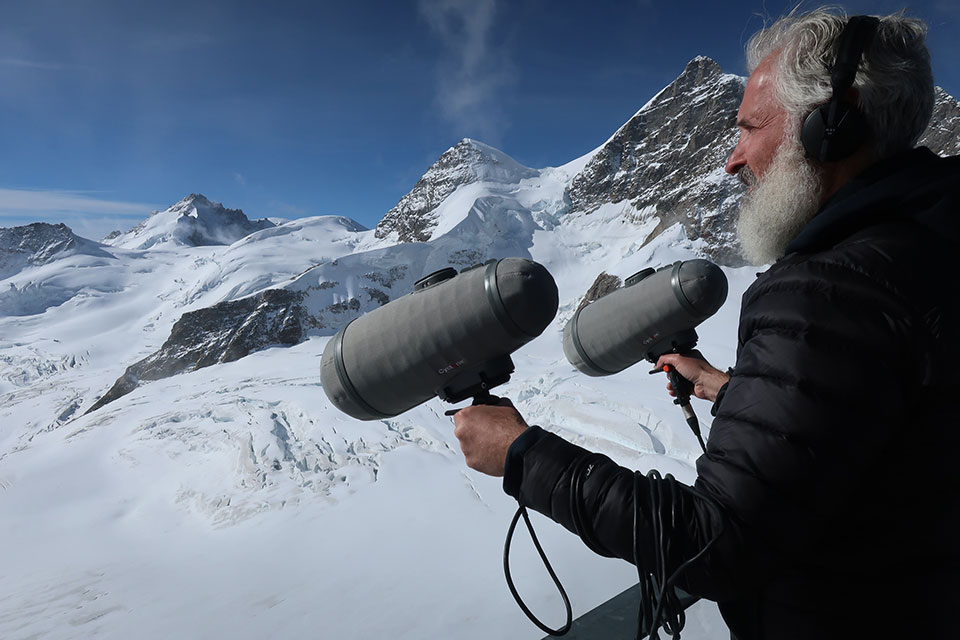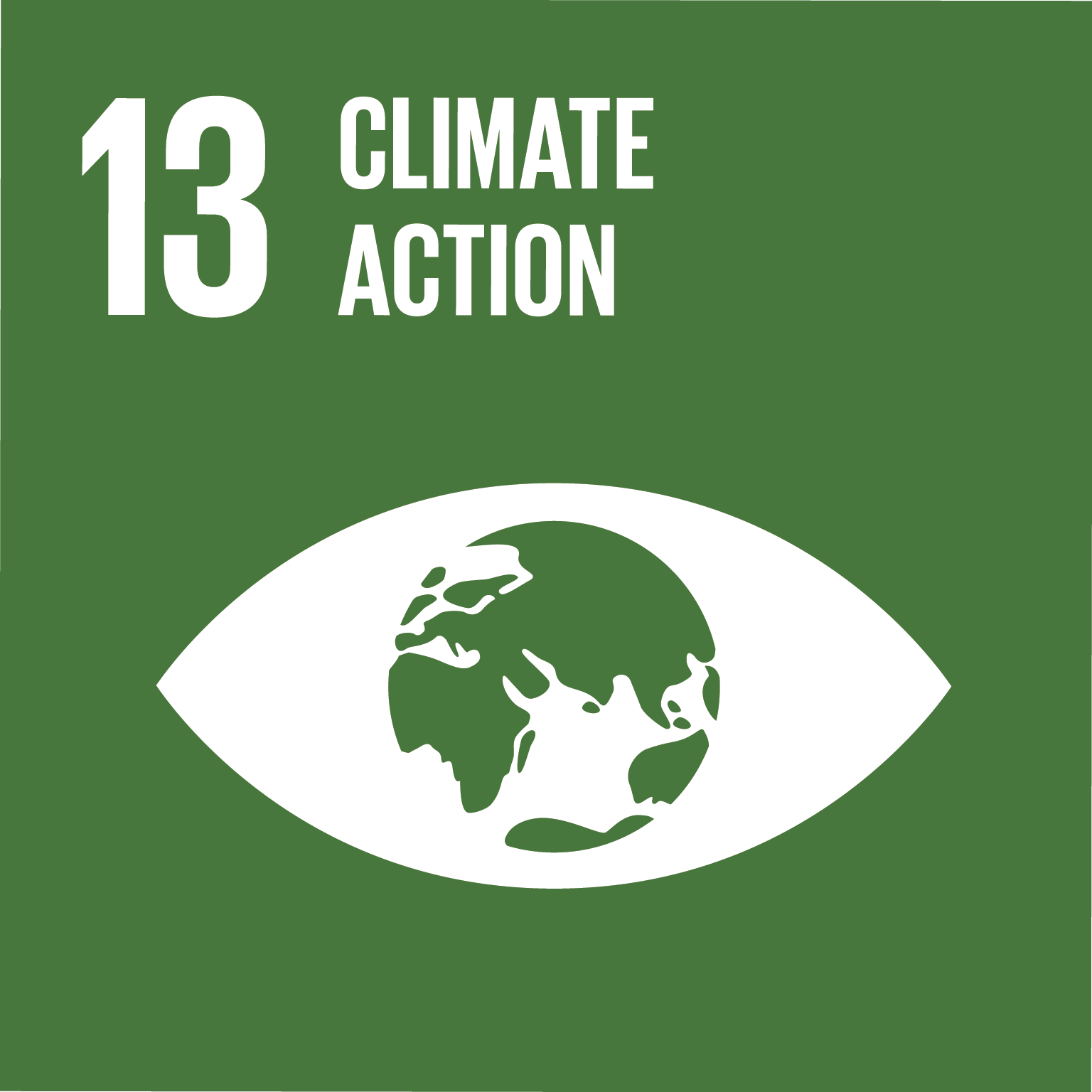This project examines the effects of climate change on cold climate ecologies including Antarctica and the Arctic, and the Swiss Alps.
Through the prism of sound art and audio culture, complex sound recording technology is implemented in the field to capture the effects of natural, anthropogenic and geophysical forces on rarefied ecologies. Artworks emanating from deep field work present new and complex experiences of places seldom seen or heard to express the rapid transformations occurring at the margins of our planet. The artworks have been central to expanding the understanding of the eco-acoustic characteristics occupying these places and how they are being transformed by warming temperatures and increased anthropogenic activity.
While there is broad discourse surrounding the effects on anthropogenic climate change on cold climate ecologies, science struggles to attract attention and action to address the gravity of the rapid transformations occurring in places seldom seen or heard. Art is a powerful agent and advocate in how these changes are perceived and the actions required to mitigate destructive behaviours and their long-term consequences. The CCRL is a mutable mechanism that affords interdisciplinary collaboration in order to capture and articulate environmental change through new technologies and presentation strategies.

The CCRL is led by Dr Samartzis who as a two-time Australian Antarctic Division Arts Fellow has produced a new awareness and appreciation of the acoustic ecology of Antarctica and sub Antarctica. Dr Samartzis has produced what is arguably the largest repository of sound recordings capturing the volatility of the frozen continent through the natural, atmospheric and geophysical forces that exist there. Dr Samartzis’s more recent activities in the Swiss Alps registered the effects of global warming through the contraction of glaciers, an increase in anthropogenic sound, and the degradation of landscape ecology through the loss of permafrost. The Swiss National Science Foundation who funded the project in collaboration with the High Altitude Research Station at Jungfraujoch expressed how powerful art is in transforming people’s knowledge and experiences of endangered ecologies. This project is at the cutting edge of art, science and technology in which our most vulnerable ecologies are preserved through complex sound mapping.
Project timeline: 2019 - ongoing
Key contributors: Philip Samartzis
Floe
This project addresses the following Sustainable Development Goals and Targets:
13.3 Improve education, awareness-raising and human and institutional capacity on climate change mitigation, adaptation, impact reduction and early warning.

Get in touch
For more information or to discuss partnership and collaboration opportunities, email us at SDGs@rmit.edu.au.
For more information about RMIT’s sustainability commitments and activities visit www.rmit.edu.au/sustainability



